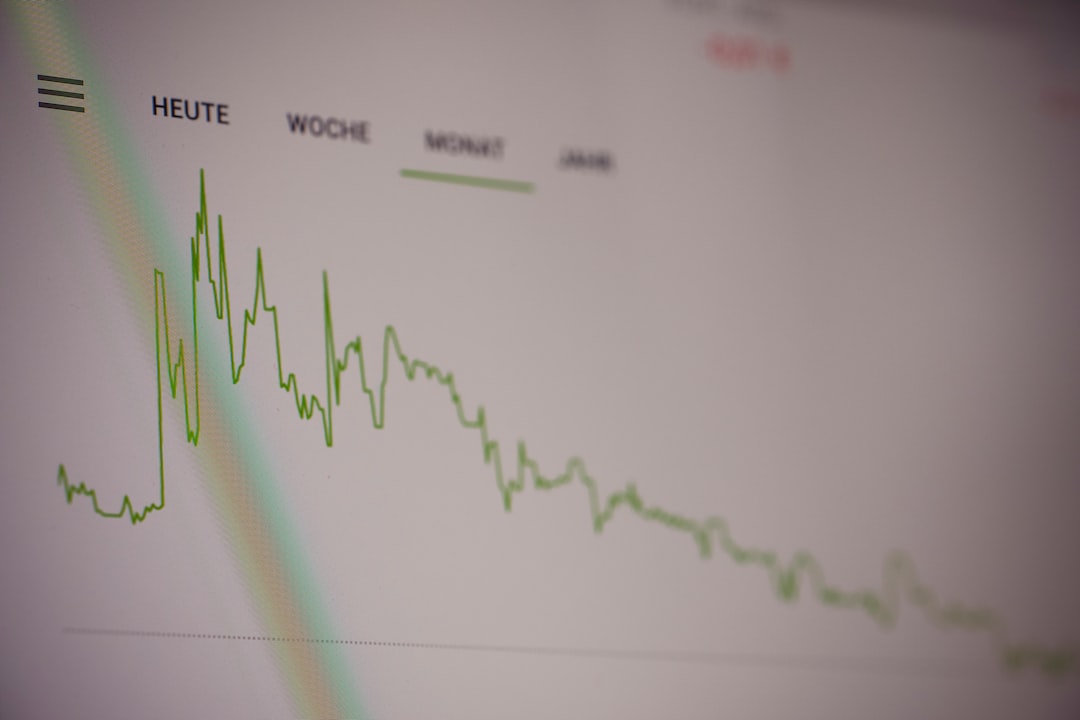Forex trading, also known as foreign exchange trading or currency trading, is the buying and selling of currencies in order to make a profit. It is a highly volatile market and can be risky for traders who do not have a solid understanding of the market and the different types of risks involved.
Risk management is a crucial part of forex trading. It is the process of identifying, analyzing, and mitigating the various risks involved in trading forex. This is done in order to minimize potential losses and protect traders’ capital.
There are several types of risks involved in forex trading. These include market risk, credit risk, operational risk, and liquidity risk.
Market risk is the risk of losses due to changes in the currency exchange rates. This is the most common type of risk in forex trading, as the market is highly volatile and can fluctuate rapidly.
Credit risk is the risk of losses due to the failure of a counterparty to fulfill its financial obligations. This can occur when a trader trades with a broker or a financial institution that is not financially stable.
Operational risk is the risk of losses due to failures in the operational processes of trading. This can occur due to technical failures, system errors, or human error.
Liquidity risk is the risk of losses due to the inability to buy or sell currencies at the desired price. This can occur when the market is highly volatile and there is a lack of buyers or sellers in the market.
In order to manage these risks, traders need to have a solid understanding of the market and the various factors that can impact currency exchange rates. They also need to have a well-defined trading strategy that takes into account their risk appetite and their financial goals.
One of the key components of risk management in forex trading is the use of stop-loss orders. Stop-loss orders are orders placed by traders to automatically sell a currency position if the price reaches a certain level. This can help limit potential losses and protect traders’ capital.
Another important component of risk management is the use of leverage. Leverage is a tool that allows traders to control a larger position with a smaller amount of capital. However, it also increases the potential for losses. Therefore, traders need to use leverage wisely and only when they have a solid understanding of the market and the risks involved.
Risk management is not just about limiting potential losses. It is also about identifying potential opportunities and maximizing profits. Traders need to be able to identify when to enter and exit trades in order to take advantage of market opportunities.
In order to effectively manage risk in forex trading, traders need to have a solid understanding of the market, a well-defined trading strategy, and the discipline to stick to their strategy. They also need to be able to adapt to changing market conditions and adjust their strategy accordingly.
In conclusion, risk management is a crucial part of forex trading. Traders need to be able to identify, analyze, and mitigate the various risks involved in trading forex in order to protect their capital and maximize profits. By using tools such as stop-loss orders and leverage wisely, and by having a well-defined trading strategy, traders can effectively manage risk and succeed in the highly volatile forex market.






